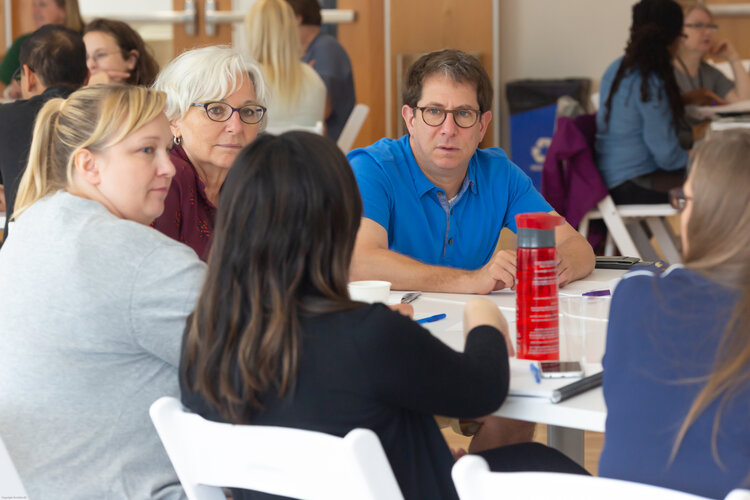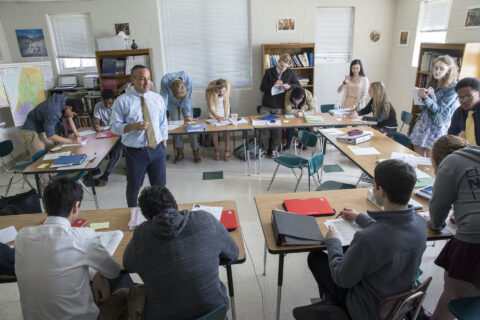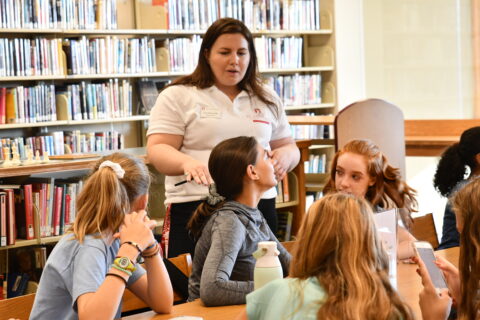This article by Glenn Whitman, Director of the CTTL, was originally published Feb. 20, 2019 in EdSurge. Check out an excerpt here, or visit EdSurge to read the article in its entirety.
It is 8 p.m. and Sam is sitting down for the first time in hours after a long day at school, which was followed by play practice; she is Liesel in the upcoming performance of “The Sound of Music.” After leaving school at 5 p.m., she had a two-hour soccer practice, a brief dinner with her family and a shower.
Finally settling in at her desk, she checks Schoology, her school’s learning management system, to see what homework she has for the six classes she will attend tomorrow. Because Sam has so many classes each day, she has a heavy homework load. Despite her knowledge of existing research about the cost transaction when switching between her academic assignments and an incoming text or Instagram message, she cannot resist social media breaks, which provide dopamine boosts. After all, she is a high school freshman.
Until recently, this late-night homework stress was a common experience for many of the high school students at St. Andrew’s Episcopal School in Potomac, Md. Since 2011, St. Andrew’s has been home to the Center for Transformative Teaching and Learning (CTTL), a research center that trains public, charter and private school teachers in mind, brain and education science. The CTTL ensures that 100 percent of the faculty and administration serving students in preK-12th grade at St. Andrew’s are trained in educational neuroscience.
Ironically, even with this innovative research center, our school was operating on an outdated daily schedule. Each class met four times per week for three 40-minute periods and one 80-minute period. A typical student schedule included six classes per day, all of which assigned daily homework. We knew we could make some changes to the schedule that would better support students.
In fall 2018, after 18 months of planning, we rolled out a new schedule, which was designed with a few goals in mind:
- Lengthening all class periods to promote creative teaching and deeper learning
- Decreasing the number of class periods per day, therefore reducing homework, cognitive overload and cognitive transitions, to promote focus and moderate the rushed tempo of school life.
- Increasing time for students to meet with teachers and their peers during the school day for academic enrichment and healthy socialization.
- Minimizing conflicts between class time and other school activities, including assemblies, field trips and athletics.
- Elevating time for research-informed professional development and student passion and curiosity pursuit.
Bringing this to launch was not easy. In fact, a decade earlier, our school’s first effort to develop a new daily schedule failed. At the time, a dedicated team of teachers and administrators thought they had come up with the next frontier of school scheduling. The goal back then was to improve the school’s use of time for curricular and co-curricular programming, including arts and athletics. Unfortunately, when the time came to implement this new daily schedule, we couldn’t commit. It never launched.
What was different this time around? Our design was rooted in research…




